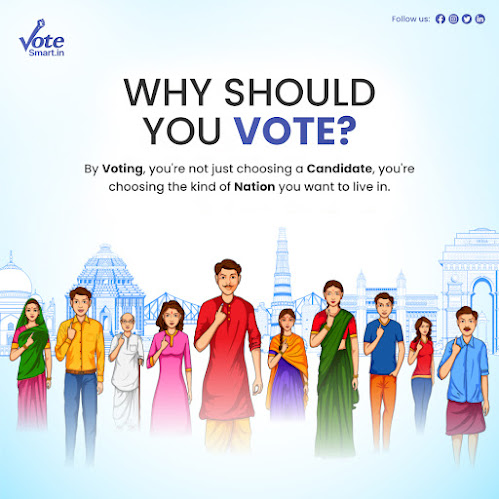Polls, Surveys, and Targeted Outreach: The Science of Winning Elections
Elections are a fascinating blend of art and science. While the art involves crafting compelling narratives and connecting with voters on an emotional level, the science of winning elections is equally critical. This science relies on data-driven strategies, polls, surveys, and targeted outreach to understand and influence voter behavior. In this blog, we'll delve into the science behind election campaigns and how these methods play a crucial role in achieving victory.
Understanding Voter Behavior
At the heart of the science of winning elections is a deep understanding of voter behavior. This begins with extensive research and analysis. Pollsters and campaign strategists use data to answer critical questions: Who are the likely voters? What issues matter most to them? How do they make decisions? This data informs every aspect of the campaign strategy.
Polls and Surveys
Tracking Public Opinion: Polls and surveys gauge public opinion by asking a representative sample of voters about their preferences. These surveys can be conducted via phone, online, or in person. By tracking these trends, campaign teams gain insights into the current state of the race and adjust their strategies accordingly.
Identifying Key Issues: Surveys also help identify the most critical issues for voters. These findings allow candidates to tailor their messaging to address the concerns that matter most to the electorate. Understanding which issues resonate with specific demographics is especially valuable for targeted outreach.
Measuring Candidate Favorability: Polls measure the favorability of candidates. Knowing how voters perceive a candidate is crucial for crafting an image that resonates positively with the public. It also reveals where the campaign needs to improve its messaging or reputation.
Microtargeting and Targeted Outreach
Microtargeting is a powerful tool in election campaigns. This involves dividing the electorate into small, specific segments based on demographic, behavioral, and attitudinal factors. These segments are then targeted with tailored messages and outreach strategies, including:
Direct Mail: Campaigns send personalized direct mail pieces to specific households. These materials can include information about a candidate's stance on issues important to the recipient.
Digital Advertising: Online platforms allow for precise targeting. Advertisements can be displayed to users based on their online behavior, interests, and demographics.
Door-to-Door Canvassing: Campaign volunteers and staffers visit households in key precincts, engaging in conversations and encouraging voters to support the candidate.
Phone Banking: Campaigns use phone banking to reach potential supporters and remind them to vote. Calls are customized to appeal to the individual's interests and concerns.
Social Media Outreach: Social media platforms offer the ability to reach specific demographics. Campaigns use this channel to engage with younger voters, in particular, who are highly active on these platforms.
Get-Out-The-Vote (GOTV) Efforts
GOTV is an essential component of the science of winning elections. It involves identifying likely supporters and ensuring they actually vote. Techniques include:
Early Voting and Absentee Ballots: Campaigns encourage supporters to vote early or request absentee ballots to ensure their vote is cast.
Transportation Assistance: In some cases, campaigns offer transportation to polling places for voters who may have difficulty getting there on their own.
Reminder Messages: Campaigns send out reminders via phone, text, or email to ensure supporters remember to vote on election day.
Data Analysis and Modeling
The campaign's data team plays a crucial role in election science. They collect and analyze vast amounts of information to create predictive models. These models help campaigns anticipate voter behavior and determine where to focus their resources most effectively. It also informs ad placement, messaging, and the allocation of campaign funds.
Adapting to Real-Time Data
The science of winning elections isn't static. Campaigns continuously monitor and adapt to real-time data. If polls and surveys reveal a shift in public opinion or a demographic that needs attention, campaigns pivot quickly to address these changes.
Testing and Optimization
Campaigns often run experiments to test the effectiveness of various strategies. This may include A/B testing of different campaign messages, images, or outreach methods. These results guide ongoing optimization efforts.
In conclusion, the science of winning elections is a multifaceted and dynamic process. It leverages data-driven strategies, polls, surveys, and targeted outreach to understand and influence voter behavior. Campaigns that master this science are better equipped to connect with voters, drive turnout, and ultimately achieve electoral success. In the ever-evolving world of politics, the ability to harness data and adapt to changing circumstances is a hallmark of winning campaigns.




Comments
Post a Comment